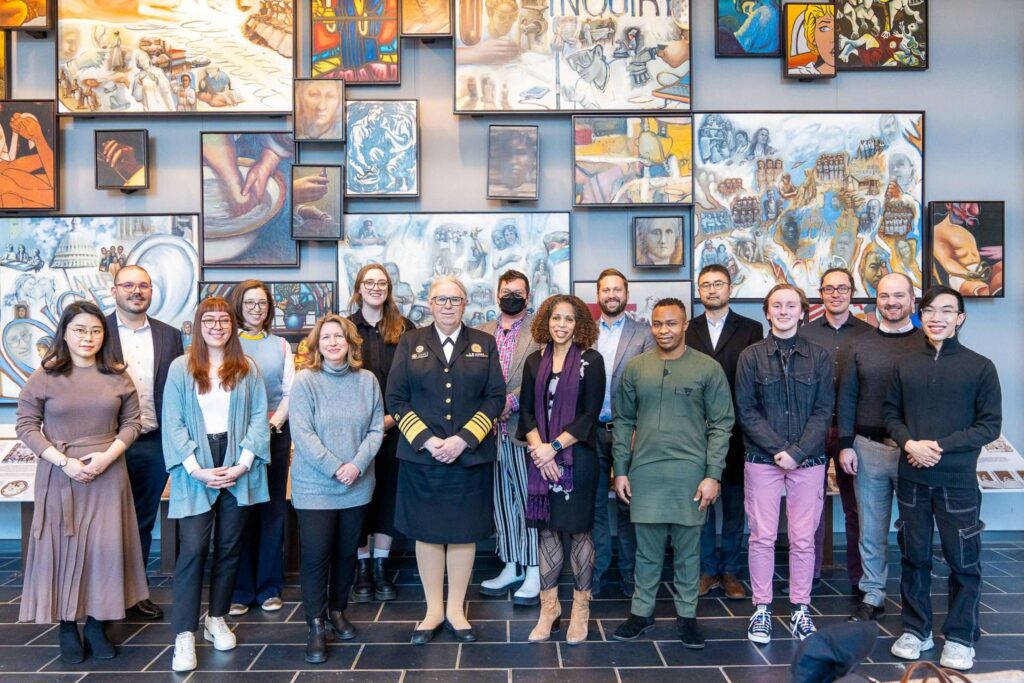Better Together: LGBTQ+ Health and Social Connection

LGBTQ+ communities have long known that health is more than a good provider and a prescription pad. Being well requires safe environments, supportive caregivers, and a meaningful social circle. This knowledge is echoed by the Surgeon General’s recent warning on how loneliness and social isolation can derail our personal health and is derailing the Nation’s health. Social connection is essential to human flourishing. Investing in belonging is a crucial strategy in eliminating health disparities and securing a future in which all of us can thrive.
Studies across LGBTQ+ sub-populations and age groups consistently show higher levels of loneliness and isolation compared to those found in the general population as well as cisgender or heterosexual comparison groups. This lack of social connection and related negative health outcomes exists in the context of historical social marginalization. LGBTQ+ people have less access to social resources and opportunities because of historical stigmatization and discrimination. The effects of social disconnection are compounded for LGBTQ+ people with intersectional risks based on age, access to social resources, and prejudice.
Key Takeaways from Eidos’ Report:
- Social connection is vital to LGBTQ+ health
LGBTQ+ health disparities are rooted in social dynamics of marginalization and discrimination. Eliminating those disparities requires social solutions that create greater social belonging. - Intersectionality matters
Risk of social disconnection compounds across marginalized identities. Addressing these disparities fully requires prioritizing intersecting aspects of identity including age, race, disability, sexuality, and gender identity. - Shift from individual to social solutions
Meaningful progress requires moving away from individualizing approaches and instead prioritizing social solutions aimed at creating relational change. - Promote prosocial opportunities
Invest in prosocial solutions that foster social inclusion, empathy, trust, and altruistic action within and across communities. - Maximize impact through bridging and scaling
Shifting these paradigms will require scalable change across cultural settings. Prioritize coalition building and replicability to maximize your impact.